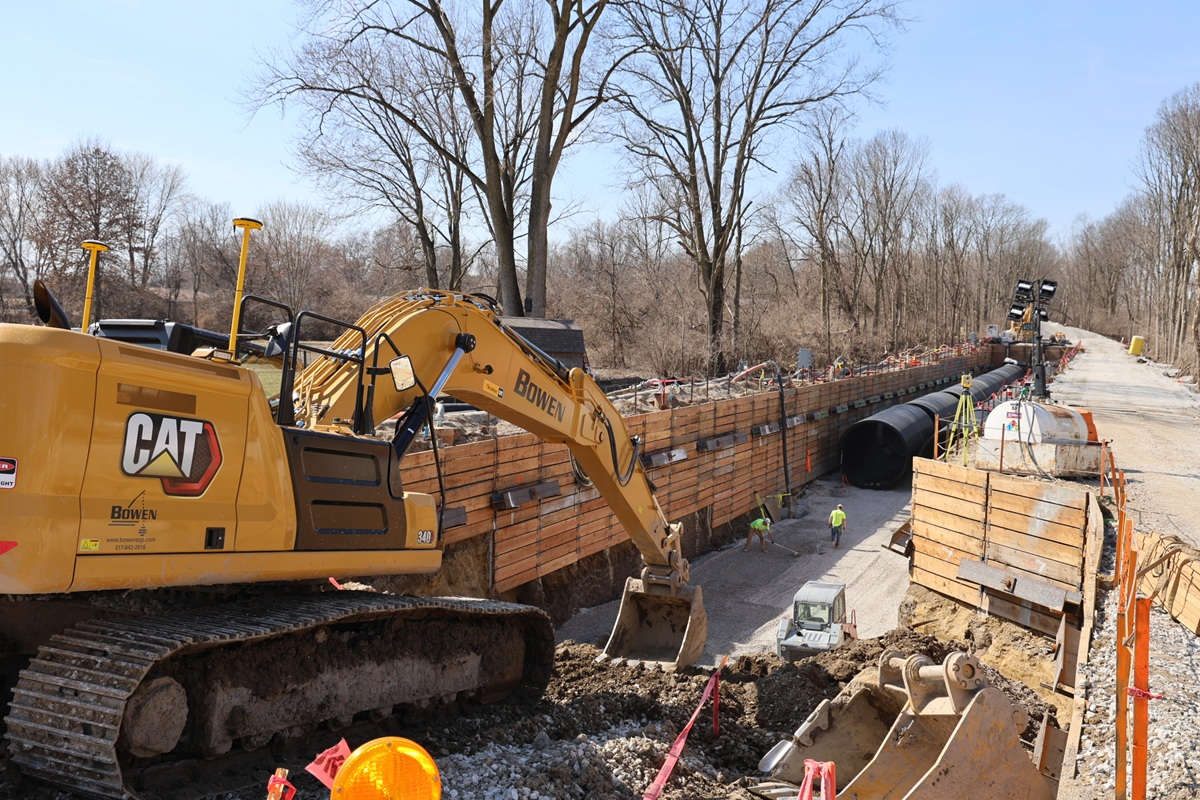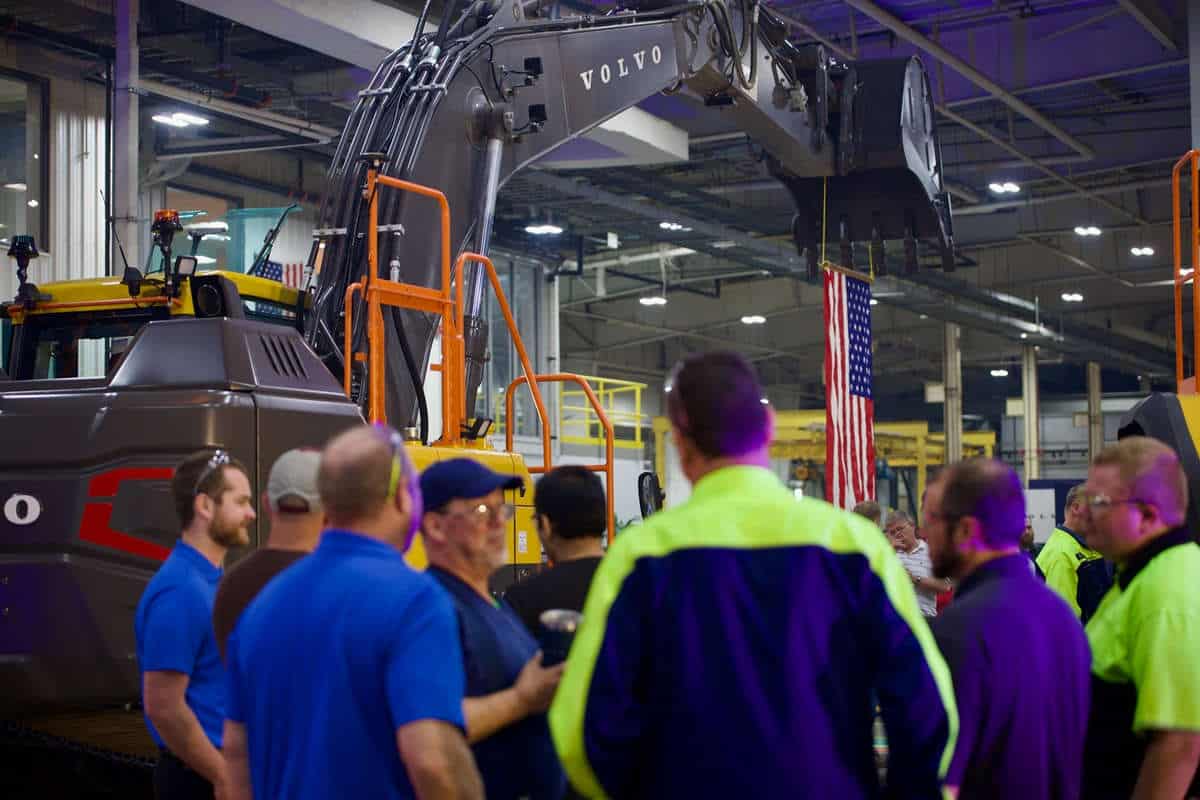When Accidents Happen
No matter how hard managers and safety directors try to instill a safety-first mentality in employees, accidents do happen to new and experienced workers alike. When these unplanned, unwanted events occur, the actions taken immediately following an accident can make the difference between life and death. In addition, the right or wrong actions can significantly impact an employer’s business reputation and financial future.
To avoid a negative outcome, there are four important actions contractors should take when a job-related accident happens:
- Get medical attention for the victim as soon as possible.
- Investigate the accident to determine exactly what happened. Do this even if the victim is a subcontractor’s employee. Failure to investigate an accident and document the facts can harm your company if litigation occurs.
- In the case of major accidents involving fatalities and injuries that are likely to become public knowledge and end up in the news, immediately initiate the company’s crisis management plan. If your company does not have a plan, it is time to create one just in case of an accident.
- If the victim works for the contractor, an accident report should be filed with the appropriate workers’ compensation agency in the state. If the victim works for a subcontractor, the contractor should request a copy of the subcontractor’s WC report. If the victim is fatally injured, OSHA must be called within 8 hours.
Provide Medical Attention
The jobsite’s first-aid person(s) should do the best he can to stabilize the victim while the ambulance is being called. Many injured workers do not want to go to the emergency room for one reason or another and will say they are fine. Others will say they will drive themselves to the medical center. If the first-aid person is absolutely positive that the injury is minor, he might consider transporting the victim in a private vehicle. Otherwise, an ambulance should be called.
For example, take a man with a chest injury who says he is OK and that it is only a bruise. Unfortunately, he could have a cracked rib and be bleeding internally and not know it. Another example is a worker who has been partially buried by a cave-in and trapped for a half-hour before being rescued. Initially, he might be able to stand up and walk around. However, he might later suffer from crush syndrome. This occurs when lactic acid and other chemicals collect in a worker’s legs when he was crushed and eventually reach his heart, causing a heart attack. Play it safe; get the victim to the emergency room immediately and make sure he is really OK.
The victim’s family (or other contact person) should be notified of the accident immediately and, if necessary, transported to the medical center. Family notification is extremely important. Many companies choose to hold off on notifying the family until the injured person arrives at a medical facility and the doctor has assessed the injuries. This has proven to be a major error in judgment because the family member may be needed to provide pertinent medical information to the medical provider.
Whenever a worker is taken to a medical facility following a job-related accident, a management representative should accompany the victim to assist with the paperwork and assure the victim that the company cares. This is a good time to advise the victim and/or his family (contact person) that the medical bills will be taken care of and that the company intends to do what it can to get him back on his feet and back to work as soon as possible. The management representative should also counsel the employee and/or his family on claims procedures and available benefits.
To further assure the victim of the company’s continuing concern, a contact number should be provided so that he can call the representative or risk manager if there are any problems, such as not receiving a WC check in a timely manner. The company should also proactively keep in touch with the employee and his family during recovery by: sending someone to visit the employee in the hospital; calling the employee on the phone to see how he is doing; and developing a return-to-work plan based on the physician’s advice. Keep a documented record of all that has been done and the conversations that take place, such as how the accident happened.
Investigate the Accident
Companies should have accident investigation procedures already in place, and those procedures should be implemented within 24 hours of an accident. Employers might be tempted to wait until everything has settled down before starting the investigative process. This response should be avoided. Information gathering should begin while the facts are fresh in people’s minds. Additionally, accidents should be investigated by people with the appropriate skills and experience such as a safety director or a manager specifically trained in accident investigation. If the accident is serious, it might be necessary to hire a professional investigator.
There are many elements that make up an accident investigation. At minimum, the following information should be collected:
- Pictures/sketches of the accident scene before anything is moved or removed;
- Employee’s name;
- Date, time and location of the accident;
- Nature of injury (sprain, laceration, etc.) and body parts affected;
- Source of the injury (tools, machines, etc.);
- Type of injury (fall, struck by object, overexertion, caught in/between/under);
- What the worker was doing (lifting, climbing, digging, etc.) at the time of the injury;
- How the injury occurred (sequence of events);
- PPE in use;
- Weather conditions;
- Name of person in charge of jobsite and his location when the accident occurred; and
- Written statements from actual and potential witnesses including names and contact information.
Gather evidence from as many sources as possible during an investigation — e.g., witnesses, reports and personal observation of the site. As soon as the injured person is well enough to discuss what happened, get statements from him describing what happened. Write it down and have the victim sign and date it in front of a witness. Documents containing normal operating procedures, maintenance records, inspection reports, etc., should also be collected or copied. Keep complete and accurate notes of pre-accident conditions, hazard controls in place, the accident sequence and post-accident conditions. Ultimately, the goal should be to collect the facts rather than fix blame.
Another important element in the investigation of an accident is the determination of its cause. Accidents are usually complex in that they might have had several causal events. A detailed analysis of an accident will normally reveal three cause levels: basic, indirect and direct. An accident results only when a person or object receives an amount of energy or hazardous material that cannot be absorbed safely. This energy or hazardous material is the direct cause of the accident. The direct cause is usually the result of one or more indirect causes or symptoms — i.e., unsafe acts and/or unsafe conditions. Indirect causes are usually traceable to poor management policies and decisions or to personal or environmental factors. These are the basic causes.
In summary, the basic steps for conducting an accident investigation are as follows:
- Secure the accident scene;
- Collect the facts about what happened;
- Develop the sequence of events;
- Determine the causes without attempting to fix blame;
- Recommend improvements to prevent a future occurrence; and
- Write a report and save the evidence.
File an Accident Report
Workers’ Compensation laws and OSHA require employers to file accident reports when a worker is injured on the job. Employers should check their state’s WC laws regarding the circumstances under which an accident must be reported; minor injuries are sometimes not reportable. Some states have timeframes for filing these reports. OSHA requires notification within 8 hours in the event of a fatality.
Because accidents that happen to subcontractor employees often cause contractors more legal grief than accidents to their own employees, controlling contractors with oversight of the job should set a policy that requires that all accidents that occur on their jobsite be reported as soon after the accident as possible. Make it part of the contract and require all subs to report even minor injuries. The reason for this is that the courts are increasingly holding the controlling contractor accountable. A good investigation is one of the best defenses in a third party lawsuit.
Some employers think that if a worker is in this country undocumented they need not file a claim. They might be correct in their assumption unless the worker is injured seriously enough that he seeks legal assistance to get proper medical treatment, medical bills paid, living expenses or some extra cash to make up for the money they were sending home. If you think an undocumented worker does not have rights and will not get involved in litigation, think again. Many employers, including controlling contractors, have been sued by undocumented workers and lost or had to settle the case. Remember, every worker — legally or illegally — in this country has rights.
Because most job-related accidents are not fraudulent, every claim must be treated as if it happened. If fraud is suspected, it should be brought to the attention of the WC carrier. Do not play detective; carriers have people who are trained to deal with potentially fraudulent claims and will handle it accordingly.
Conclusion
As a safety professional, I am reluctant to say that accidents just “happen,” because every accident has a cause. However, management cannot be everywhere all of the time and conditions change minute by minute at construction sites. Companies need to be prepared for accidents. To some degree, all of the foregoing may appear to be damage control and in some respects it is. Nonetheless, when an accident happens a contractor must take action to ensure that a similar occurrence never happens again and to avoid damaging the company’s reputation and financial future.
George Kennedy is NUCA Vice President of Safety.




